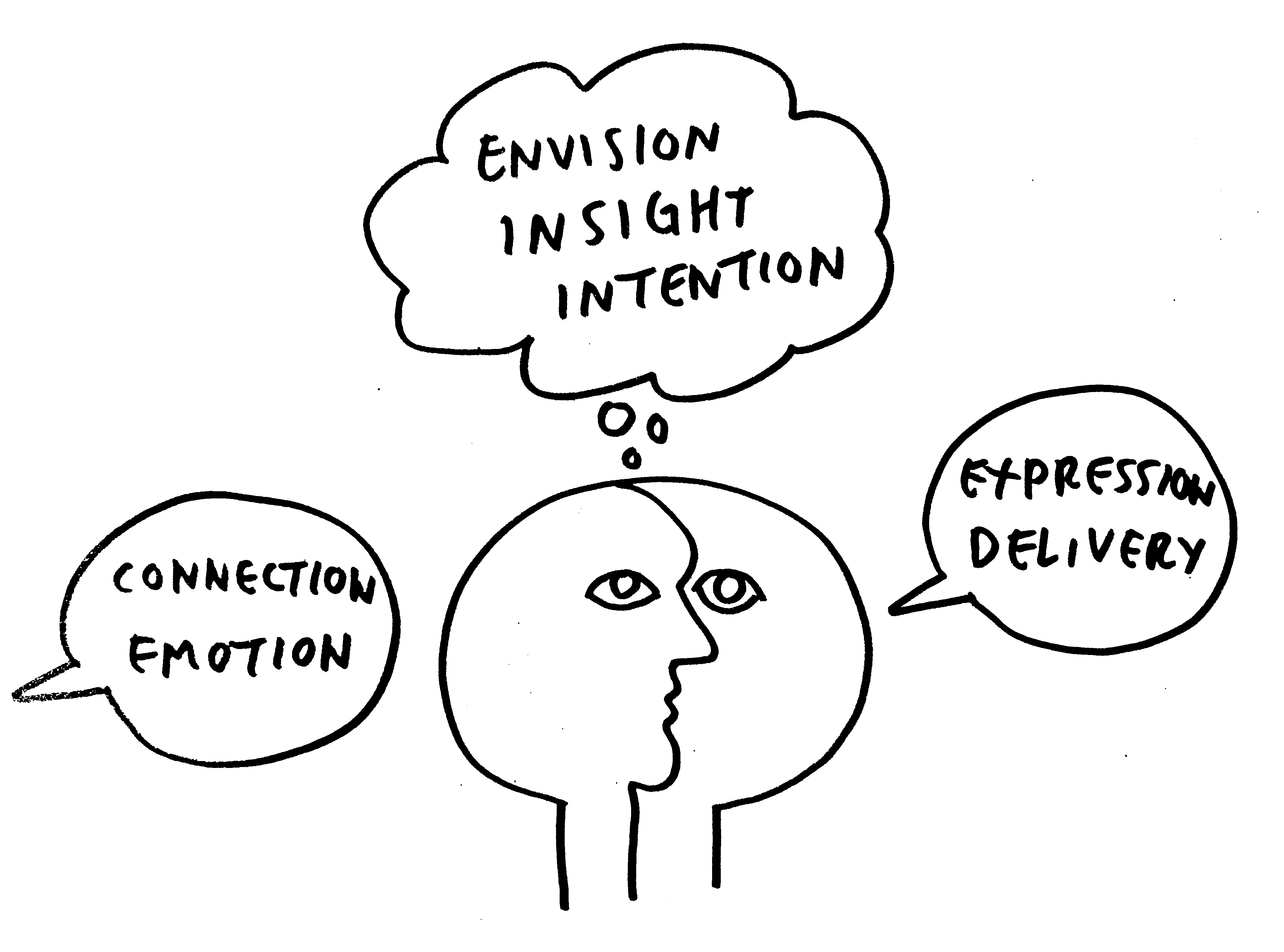This Human - a brief review.
This Human is a design book that is not about design but about the designer. The book shifts focus from business goals and design technique and puts the desiner—the human, the person—in the spotlight. It discusses several aspects of the designer’s role, reflecting upon the mindset, attitude and behaviors that lead to improving outcomes and that make the designer’s job easier and more pleasant.
The book embraces playfulness, imagination, emotion and other human features that (according to the author) should be nurtured in order to create compelling and meaningful design. The book also addresses biases and blockers that potentially hinder the designer’s job at different stages, and suggests methods for overcoming them.
I sometimes wonder what differentiates design it from other jobs. The book indicates that it is any line of work that specifically requires creating for other people. If so, i think these are the most important learnings.
(Note: this review considers “us” as designers. In a way, I think we all are designers, anyway.)
 This Human—book sections.
This Human—book sections.
Keep your mind open
Biases (including those derived from our own beliefs) obscure our vision and makes it difficult for a designer to distill insights from findings or results. Self-awareness and self-criticism are necessary to overcome biases and seeing beyond our preconceptions.
(This is mainly discussed in the Insight section but the idea permeates the whole book.)
Empathy, compassion and listening are key
Design is done by humans for humans. Having a connection with those we are designing for makes it possible to understand their context and needs. We need to listen, to have compassion and empathy to make sure we are paying attention not only to people’s practical needs, but also to their emotions. This is necessary to create designs that speak to both the brain and the heart.
Diverge
While biases limit our vision, imagination and emotion enhances it, as they allow to create multiple possible paths to solve a problem (the possible futures). We should let ourselves ride free as creative minds and beating hearts to explore the limitless world of ideas—the right one could be hiding anywhere. This is alike the Diverge phase in the diverge-converge pattern often used for illustrating the design thinking process. The Converge phase comes next.
Converge
You need to invest time and effort Diverging, but you also need to Converge. It is not only about puting together and handing over your deliverables. Your design pieces communicate something by themselves, but you should also be able to explain your intention, what is it that you created and why you created it. This doesn’t mean you have to justify your work, but you should be able to explain why it makes sense as a solution for the problem. After all, you are only way to make sure you understand an idea (even if it is your own) is when you are able to explain it to others.
